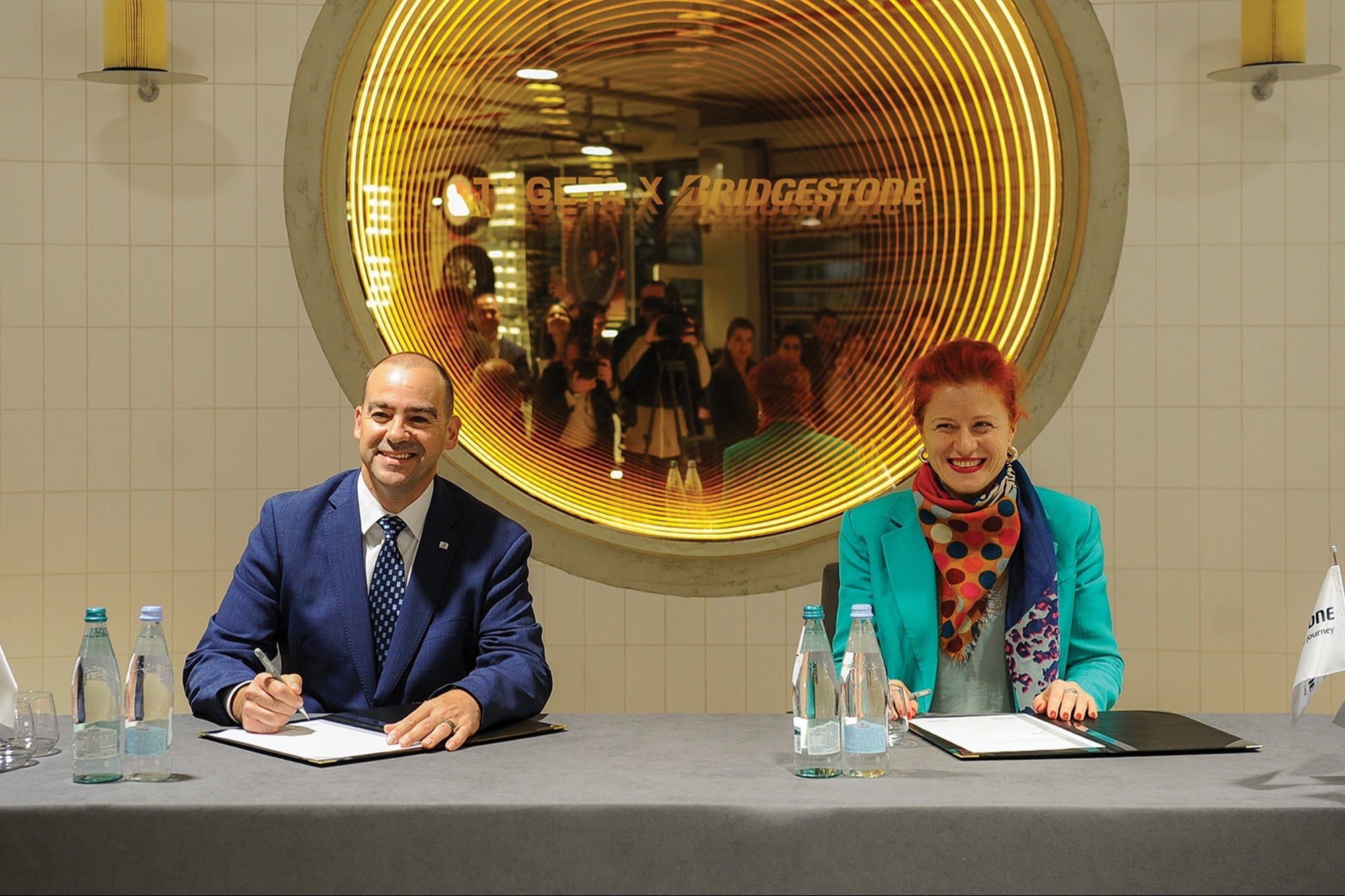Simmons and Fletcher's Take On the Future of Personal Injury Law in the Age of Autonomous Vehicles
By Anne Schulze
Opinions expressed by Entrepreneur contributors are their own.
You're reading Entrepreneur Georgia, an international franchise of Entrepreneur Media.

Photo by Daesun Kim on Unsplash
With autonomous vehicles rising in prominence, an intriguing legal discussion regarding the future of personal injury law has emerged. What would happen if a pedestrian, cyclist, or driver were involved in a road accident caused by a driverless vehicle?
While there are many benefits to letting self-driving vehicles on our roads—such as reduced fuel consumption, reduced CO2 emissions, and overall cost savings—it is not safe from the risk of causing accidents.
Personal injury law firm Simmons and Fletcher offers their take on the dynamic between personal injury law and autonomous vehicles.
Autonomous Vehicles and the Complexities of Personal Injury Law
Personal injury law generally revolves around the notion of negligence. Usually, determining the faulty party in typical vehicular collisions is quite clear-cut, as humans drive the cars. Authorities can quickly assess the situation based on the driver's actions. Evaluating the circumstances may be challenging when no driver is behind the wheel.
Personal injury laws vary from state to state and are still in development. Typically, if a self-driving vehicle operates at a lower level of automation and still requires a certain degree of human touch, the driver may bear responsibility. The vehicle manufacturer and the software may be liable for fully autonomous vehicles experiencing system errors and causing accidents.
Personal injury laws on autonomous vehicles are elastic until legislators set new laws for this avant-garde technology. The terms surrounding liability will be determined heavily based on vehicle data, the extent of automation, and the specifics of a road accident. As previously mentioned, vehicular autonomy makes driving and logistics more convenient yet presents an ongoing challenge to the legal system.
The Liability Conundrum in AI and Personal Injury Claims
The primary purpose of artificial intelligence (AI) in driverless vehicles is to prevent accidents. AI has the superior ability to make crucial decisions at lightning speed, a skill that the average human driver may not master at all. However, on the off-chance that a self-driving car does get involved in an accident, AI and machine learning technology can provide data about the events leading up to it. This data includes the vehicle's recorded speed and braking force and even environmental and traffic conditions before the accident.
Still, this measure also comes with a new series of challenges. For instance, if AI glitches and makes a wrong decision that results in an accident, it presents the question of who is at fault – the AI system, the manufacturer, or the human monitor. All these factors are essential in determining how personal injury claims are settled. Consulting a qualified attorney for individuals involved in personal injury incidents with autonomous vehicles is critical. The complex legal issues surrounding liability and fault in such cases require specialized knowledge to navigate effectively.
As automated vehicles become more common, lawmakers must quickly update legislation to keep pace with the evolving technology. This will ensure that the future of driving is safe and secure for everyone.









